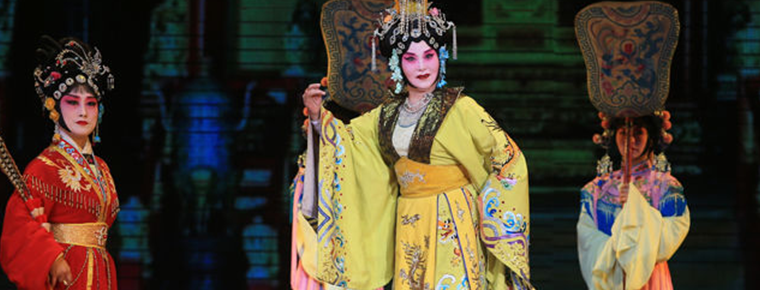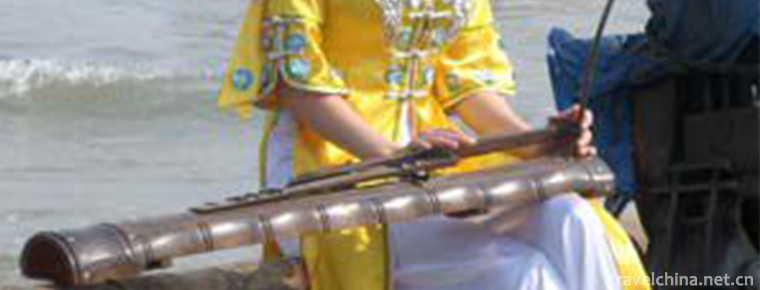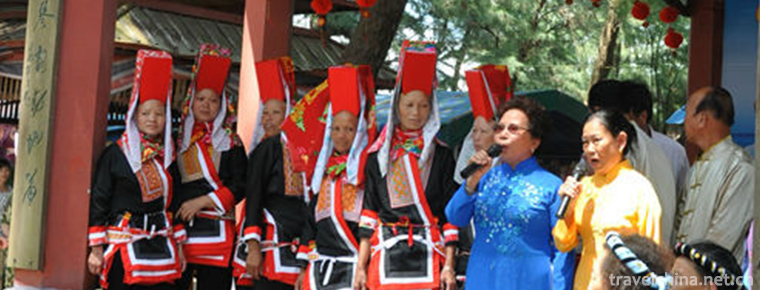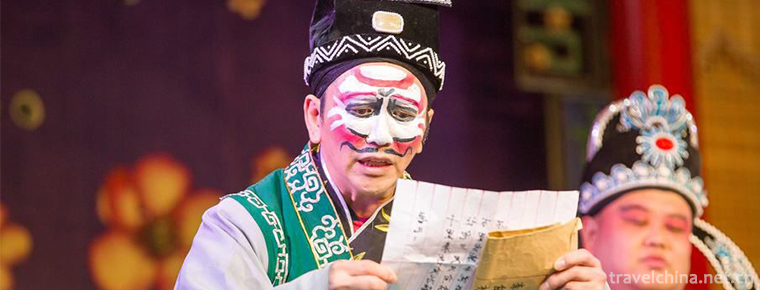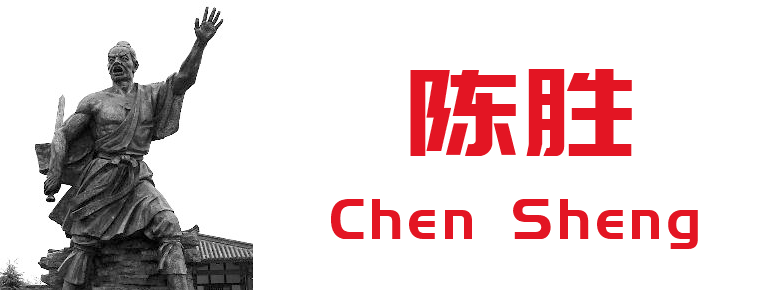Civil Aviation Flight University Of China
Civil Aviation Flight University Of China
The school is directly under the Civil Aviation Administration of China. Its predecessor was established in May 1956 with the approval of Premier Zhou Enlai. Chairman Mao Zedong appointed the aviation school of the Civil Aviation Administration of China under the military and political leadership. In September of the same year, the Ministry of National Defense approved the school to be renamed the 14th Aviation School of the People's Liberation Army. In May 1963, the Ministry of Education reported to the State Council that it had placed the school on the list of institutions of higher learning. In October of the same year, according to the instructions of the Central Military Commission, the school was renamed China Civil Aviation Advanced Aviation School. In December 1987, it was renamed China Civil Aviation Flight Academy.
After nearly 62 years of construction and development, the school has become the world's largest and most capable flight training, and has a very high influence in domestic, especially in the world's civil aviation full-time colleges and universities. More than 90% of the captains of CAAC graduated from this school. The school is known as the "cradle" of CAAC pilots and "Huangpu" of CAAC management cadres.
School-running resources:
The school is located in Guanghan City, Sichuan Province, the hinterland of Chengdu Plain. It covers an area of more than 17,000 Mu and has a construction area of more than 1.5 million square meters. The total value of fixed assets exceeds 9 billion yuan (excluding land assets) and the total value of teaching instruments and equipment is 6.2 billion yuan. At present, the school has five airports, including Luoyang and Mianyang airports, which gather flight support and training. With an annual passenger throughput of more than 1 million, the school is equipped with 14 kinds of training planes, including certificates, Xiayan, Xinzhou 600, Simenor, TB and Cessna-172, including 262 junior, middle and senior trainers, and 45 full-flight simulators, fixed simulators and trainers, including Boeing 737-300, 800, Airbus 320, etc. More than 400 engines and the most advanced 360-degree panoramic tower command system in domestic colleges and universities, with more than 1 million books, more than 3 million electronic books and 33 databases at home and abroad, are the largest comprehensive libraries of civil aviation in China, and a 1000-mega campus network has been built.
The school has also established an aeroengine maintenance training center, which is co-founded by China, the United States and France. Its solid engine used in education and teaching accounts for about 80% of the domestic fleet's matching engines. At the same time, the school is a maintenance and overhaul center authorized by Bendix/Kings Company, Lai Cunming Motivation, Continental Engine and other well-known aviation enterprises. It is also an ICAO pilot, controller English "examiner" training center, examination center, aircraft maintenance license examination center and flight dispatcher training center authorized by China Civil Aviation. Training centre, engineering and technical training centre, and provide technical support and training for civil aviation legislation and tender building in China.
Professional disciplines:
Over the past 62 years, under the five disciplines of science, engineering, culture, management and law, the school has formed a number of brand specialty groups and superior disciplines which have great influence in the international, domestic and civil aviation circles. It is the pilot unit of MPL course which the United Nations focuses on promoting. The school has seven key national and provincial majors and 17 top-quality courses at the national or provincial or ministerial levels. Among them, the flight technology specialty is the national innovation experimental area of personnel training mode, and the navigation laboratory is the "Sichuan Experimental Demonstration Center". At present, the school has seven master's training points, 18 training directions and 7 international cooperation projects (the United States, Britain, France, etc.) and 30 specialties. Teaching and personnel training cover all fields of civil aviation transportation and general aviation.
Teachers:
The school has 3300 staff and more than 1300 teachers. Among them, there are more than 400 teachers with senior titles such as super pilots, meritorious pilots, professors, researchers, professors and senior engineers. Young and middle-aged teachers with doctoral and master's degrees account for more than 75% of the total number of teachers. Among them are members of the ICAO Expert Group, specially appointed experts in civil aviation, professors of young and middle-aged experts with outstanding contributions from Sichuan Province, and recipients of special allowances from the State Council.
Talent training:
By 2014, the school had trained 100,000 graduates of all kinds for China and Asian and African countries. Among them, the training of civil aviation pilots accounts for more than 80% of the total number of civil aviation pilots. Among the graduates, there are not only industry elites who have served as Director-General of the State Civil Aviation Administration, Deputy Director-General and General Manager of the Aviation Group, Chairman of the Board of Directors of the Joint Stock Company and Director of the Regional Administration, but also technical backbone who have been working on the front line for a long time. Over the years, the employment rate of graduates in our university has always been among the best in residential airlines and Sichuan universities. For many years, it has been ranked as an advanced unit for graduates'employment by CAAC and Sichuan Province.
Scientific research:
Over the years, school scientific research has maintained a good momentum of vigorous development. In the past five years, the school has undertaken 33 national projects including 863 Program, National Natural Science Foundation and National Social Science Foundation, and won 127 national and provincial awards for scientific and technological achievements. The school has seven national and provincial research bases (key laboratories), including the key research bases of civil aviation flight technology and aviation safety, the China Digital Simulation Joint Experimental Center (in cooperation with Zhisheng, Sichuan University), the Highland Flight Research Institute and the Navigation Laboratory (Sichuan Experimental Demonstration Center). The continuous strengthening of scientific research and laboratory construction has also injected vitality into the improvement of teaching and personnel training quality. In 2014, our college students won 5 first prizes, 7 second prizes, 11 third prizes and 11 excellent prizes in national competitions such as computer software, mathematical modeling, aeromodelling and English speech.
International cooperation and exchanges:
Since the early 1960s, the school began to accept foreign public students, and has trained nearly 6,000 flight, aviation and air traffic control personnel for 16 countries and regions in Asia and Africa. At present, the school is associated with civil aviation institutions and aviation academies in 21 countries and regions such as the United States, France, Germany, Britain and Russia, with civil aviation organizations such as the International Civil Aviation Organization, the International Civil Aviation Transport Association, the Federal Aviation Administration of the United States (FAA), the European Federal Aviation Administration (JAA), and with Boeing, Airbus and Airbus parent companies.—— European Aeronautical Defense and Aerospace Group (EADS), Snickma, GE, International Aero-Engine Company and other well-known aviation manufacturing enterprises have established extensive exchanges and cooperation relations.
Since 2000, more than 5,000 students have been studying in the United States, Britain, France and Australia, and nearly 300 students from friendly countries have been accepted. At present, there are about 25 foreign experts who teach in schools in the long and short term. At the same time, the school will send a certain number of experts and professors to study and teach abroad every year.
Today, as the main force of higher education of civil aviation in China, China Civil Aviation Flight College shoulders a new historical mission. She will make great efforts to make herself a first-class Civil Aviation University with world advanced level and distinctive characteristics by renovating the past and making greater contributions to the implementation of the strategy of rejuvenating the country through science and education and to the building of a strong civil aviation country and sustainable security.
History of China Civil Aviation Flight Academy:
On May 26, 1956, it was established with the approval of the State Council and named as the Aviation School of the Civil Aviation Administration of China.
On September 22, 1956, with the consent of the Ministry of National Defense, it was renamed the 14th Aviation School of the Chinese People's Liberation Army.
On May 25, 1963, the Ministry of Education reported to the State Council that schools were included in the list of institutions of higher learning. In October of the same year, according to the instructions of the Central Military Commission, the school was renamed China Civil Aviation Advanced Aviation School.
On May 19, 1971, with the approval of the Central Military Commission, the school was renamed the 14th Aviation School of the Chinese People's Liberation Army.
On October 11, 1980, with the approval of the State Council, the school was renamed China Civil Aviation Flight College.
On December 15, 1987, with the approval of the State Education Commission, the school was upgraded and renamed China Civil Aviation Flight College.




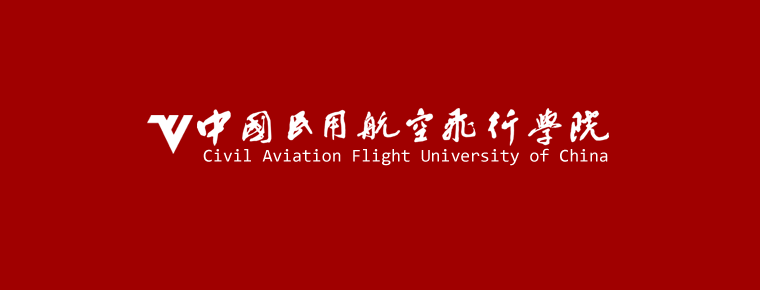
-
North China National Park
The National Park in northern China covers 84 hectares. The scenic spot is a collection of ancient and modern culture of Suibin and the essence of northern nationalities..
Views: 357 Time 2018-12-22 -
Huai Opera
Huai Opera, also known as Jianghuai Opera and Huai Opera, is an ancient local opera. It originated in Huai'an City, Jiangsu Province, and Lixia River, Yancheng City, and originated in modern Shanghai..
Views: 198 Time 2019-05-04 -
The Art of the Peking Solo stringed Orchestra
The unique charm of the unique stringed instrument art of the Jing ethnic minority in China. It is a non-material cultural heritage project of the Beijing solo string art in Guangxi Zhuang Autonomous .
Views: 362 Time 2019-05-07 -
Kazakhstan Jing nationality Ha festival
Kazakhstan Festival, also known as "Singing Kazakhstan Festival", the so-called "Kazakhstan" or "Singing Kazakhstan" means singing. It is a traditional festival of the Ji.
Views: 113 Time 2019-05-07 -
Taining Meilin Opera
During the reign of Qianjia in Qing Dynasty, after Hui Diao was introduced into Taining through Zhejiang and Jiangxi, it merged with local dialect, folk song minor and Taoist music to form Taining Mei.
Views: 155 Time 2019-06-18 -
Legend of Xishi
Xishi is the first of the four beautiful women in ancient China. The legend about Xishi was born at the end of Spring and Autumn Period, and has been enriched ever since. Xishi legend takes the war be.
Views: 160 Time 2019-07-01 -
Brick carving
Brick carving refers to the carving of landscape, flowers, figures and other patterns on green bricks. It is an important art form in ancient architectural carving. The production technology and core .
Views: 241 Time 2019-08-10 -
Beijing Institute Of Technology
Beijing Polytechnic University was born in Yan'an in 1940. It is the first university of science and engineering founded by the Communist Party of China. It has been one of the key universities in Chi.
Views: 119 Time 2019-09-06 -
Chen Sheng
Chen Sheng? In the first 208 years), Yangcheng (now Southeast of Dengfeng, Henan) To talk about southwest of Shangshui County in Henan today People. One of the leaders of the peasant uprising in the l.
Views: 209 Time 2019-09-07 -
Hefei University Of Technology
HeFei University of Technology (Hefei University of Technology) is directly under the Ministry of education of People's Republic of China. National Key Universities By Ministry of Education , Anhui Pr.
Views: 260 Time 2019-11-11 -
Guangyuan transportation
Guangyuan has been the transportation hub and material distribution center in the adjacent areas of Sichuan, Shaanxi and Gansu since ancient times. The reconstructed Guangyuan new railway station includes Baoji Chengdu double track railway and .
Views: 79 Time 2020-12-15 -
Climate in Guangan
Guang'an City belongs to the humid monsoon climate zone of middle subtropical zone, with mild climate and suitable for agriculture in four seasons. In summer, it is affected by the Pacific subtropical high, the Qinghai Tibet high, the plateau fluctuation, and the southwest w.
Views: 181 Time 2020-12-19

